Our Team
Our team consisted of two engineering students to research alternate modes of education.

Tessa Luzuriaga
Electrical Engineering Student
Tessa Luzuriaga is from Temecula, CA. In her free time, she works on remodeling a 1994 Grand Cherokee and camping with her friends. After graduation, Tessa will go on to pursue a masters in Industrial Engineering.

Travis Lamb
Mechanical Engineering Student
Travis Lamb is from Redwood City, CA. He enjoys mountain biking, surfing, skiing, and golfing in the San Luis Obispo area and beyond. Travis hopes to work in the aerospace industry after graduation.
Acknowledgements
Majid Poshtan is our advisor over the summer and will continue to be the project advisor after SURP 2020. Dr.Poshtan is a dedicated professor with over 20 years of wide-ranging experience in EE academic and industry. He is an expert in electric power systems design, distributed generation, electric motors and electric vehicles, reliability and security of large-scale power systems, fault analysis and protection, condition monitoring, power system real-time simulators
Our Project Video
Virtual Reality in Engineering Education During COVID-19 and Beyond
AR
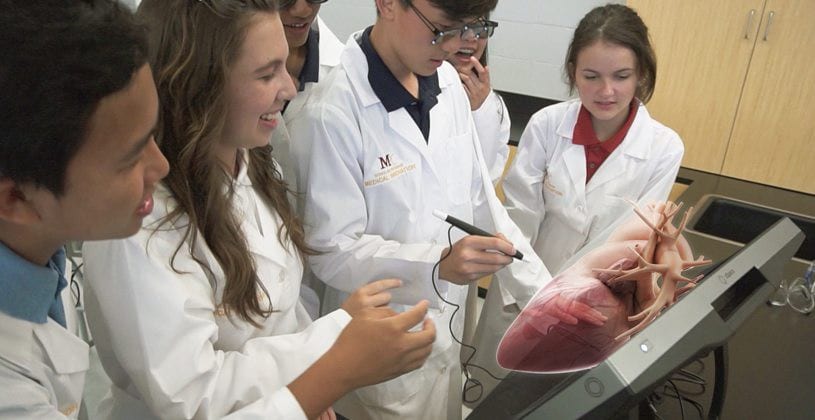
Augmented Reality (AR) Glasses, give the user the ability to create a virtual overlay on the real world. This allows the user to bridge the gap between the real world and the virtual one. Users could be working on a car or building a table, and the AR Glasses could create an overlay that would allow the user to see exactly how to perform any task. AR Glasses have the potential to take online learning to the next level. Students will be able to significantly increase their interactivity with their learning material.
VR

Virtual Reality (VR) offers the user a chance to sever their field of view and enter a completely virtual world. This virtual world has no consequence on the real world. This virtual world is perfect for simulating troubleshooting modules and building machines. VR also offers the user the ability to travel from their room to the rolling hills of Ireland to an diving cage with great white sharks circling in a matter of minutes. VR offers the unique ability to not only enhance current classroom curriculum, but also have classes built around it. Classes can be built to train students in simulations or present them with broken machines to repair
On Campus/At Home Set Up
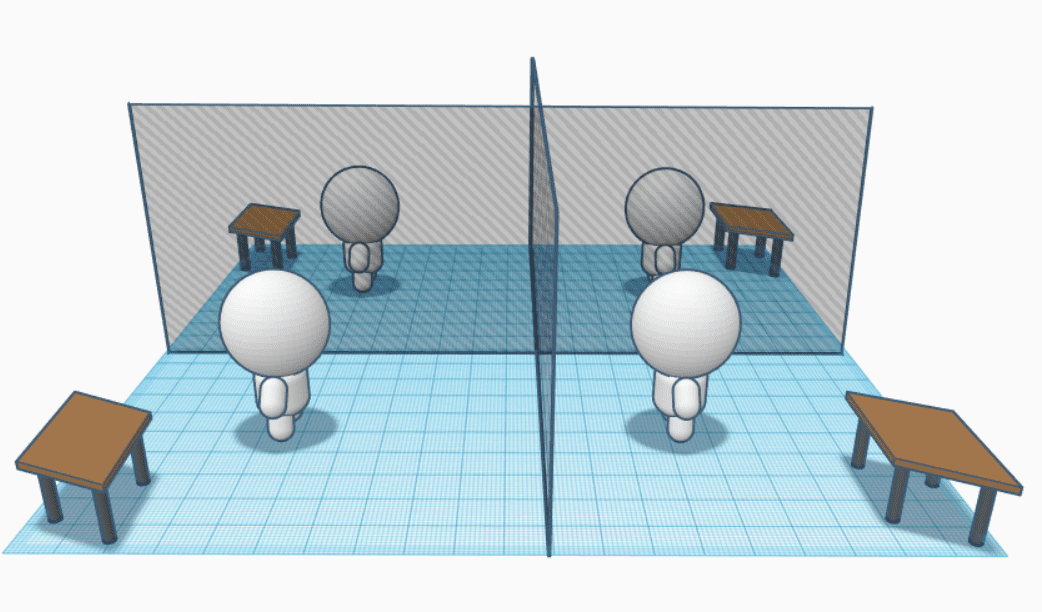
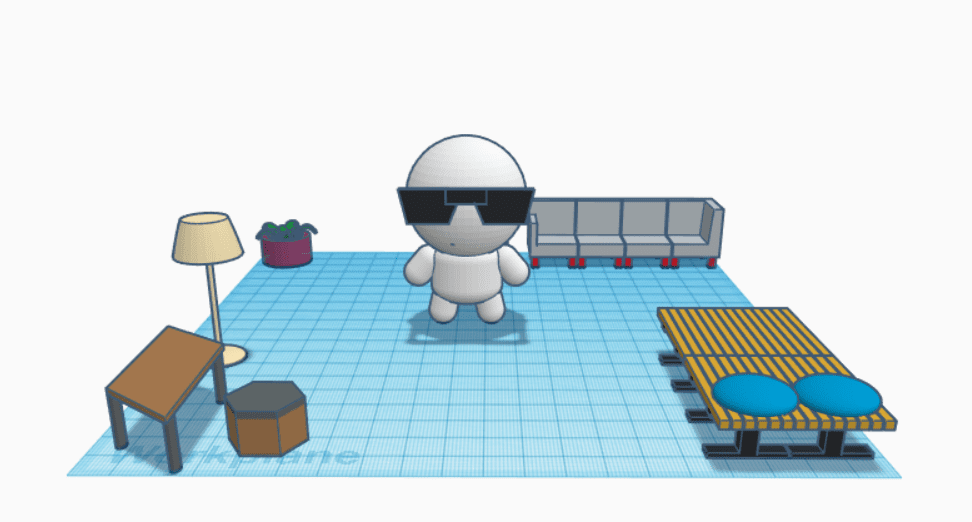
Alternate reality tech can work in both on- and off- campus settings. For on-campus, certain classrooms would have to be set aside for AR learning. Classrooms would need special dividers or cameras depending on the tech chosen. Since most classes are currently online, setting aside rooms for this specific purpose should be no problem. For off-campus settings, students would need a room or at least some space dedicated to AR learning. This room may also require special cameras depending on what technology is used. Either way this learning will require some dedicated space, but should not be a huge burden to set up either way. Due to the popularity of VR, if the at home option is selected, the school can rent out the necessary equipment to students that do not have at home access to the technology.
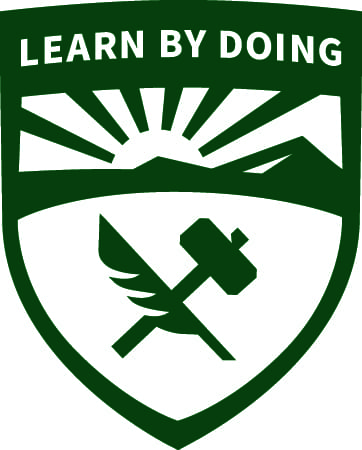
This project is sponsored by California Polytechnic State University - San Luis Obispo
An Accelerated Problem
Over the past 5 years, there has been some, but minimal research into the applications of AR and VR in education. Due to safety measures to prevent the spread of COVID-19, college students are missing out on valuable hands-on experiences and are less engaged in classes. More research into providing more hands-on remote classes, whether that be AR, VR, or even remote operated robotic arms is necessary in the event of another pandemic and to improve in-person classes.
Our Summer VR
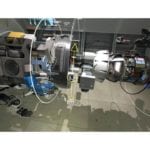
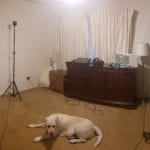
A Solution for an Ongoing Problem
5G technology will allow faster internet anywhere that 5G devices exist. For alternate reality, this tech could allow for more high quality video or faster connections between students and professors. This higher speed and better internet could allow virtual meetings to feel almost like real life. In industry, 5G can also offer internet that is fast enough to allow surgeons to perform surgeries from remote locations. 5G could also offer new technology as advanced as driverless cars or virtual fan experiences at sporting games.
Social Life
With the current COVID-19 pandemic, social life has become very distant. Interactions that typically take place in person have been moved to video conferencing platforms. Alternate reality tech could allow for students to “meet” in a partially virtual space to continue to have social interactions. It could be through some sort of game, or maybe students could all see the same objects in their glasses. Students can host virtual meet ups to host club activities and socializing with others in their major/year.
Potential with 5G
5G technology will allow faster internet anywhere that 5G devices exist. For alternate reality, this tech could allow for more high quality video or faster connections between students and professors. This higher speed and better internet could allow virtual meetings to feel almost like real life. In industry, 5G can also offer internet that is fast enough to allow surgeons to perform surgeries from remote locations. 5G could also offer new technology as advanced as driverless cars or virtual fan experiences at sporting games.
Long Term Advanatages
The future of industry and education are heading down a virtual path faster than previously predicted since the start of COVID-19. The long term applications of investing research into and implementing either AR or VR in university curriculum will produce students more fit to enter a more virtual and automated work force.
Advantages during College
- Ability to create more trouble shooting classes (AR/VR)
- ability to simulate machines and lecture components(AR/VR)
- travel to and observe environments without ever leaving campus(VR)
Advantages in Employment
- troubleshooting and practical problem solving skills
- job sites that require remote usage
- unique skill set that will prepare students for a more automated workforce
Short Term Advantages
The short term advantages of investing research into VR and AR use in education is most importantly, engaging students. Students are not as engaged with just watching a lecturer either live or pre-recorded. Students are also missing out on those hands on experiences. AR and VR are new and exciting in terms of video game applications, thus making it exciting and relevant to todays students. Though VR used to be expensive and not a common house hold gaming console, price reduction in the past five years has made it more available to the masses.
Future of Industry
Industry is moving towards the use of alternate reality technology. Alternate reality tech offers the ability to multitask more effectively and to supplement the user’s abilities. For example, with a set of AR Glasses, the user can see an overlay on top of whatever they are doing. This allows tasks to be completed more effectively and efficiently. The following industries have started to implement AR technology:
- Healthcare
- Manufacturing
- Maintenance
- Marine research
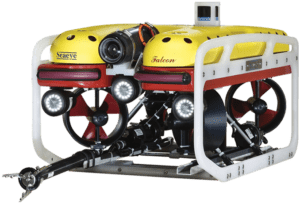
(VR)Remote operated vehicles (ROV) are driven by an operator from a ship to explore the depths of the ocean
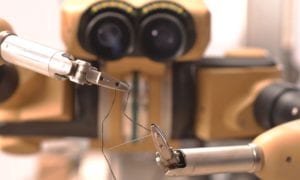
(VR)From the creators of the Da Vinci Surgical Machine, is Taurus for when a human operator is needed (ex: clean rooms)

(AR)Tablet camera being used with AR software to aid in troubleshooting and item identification
